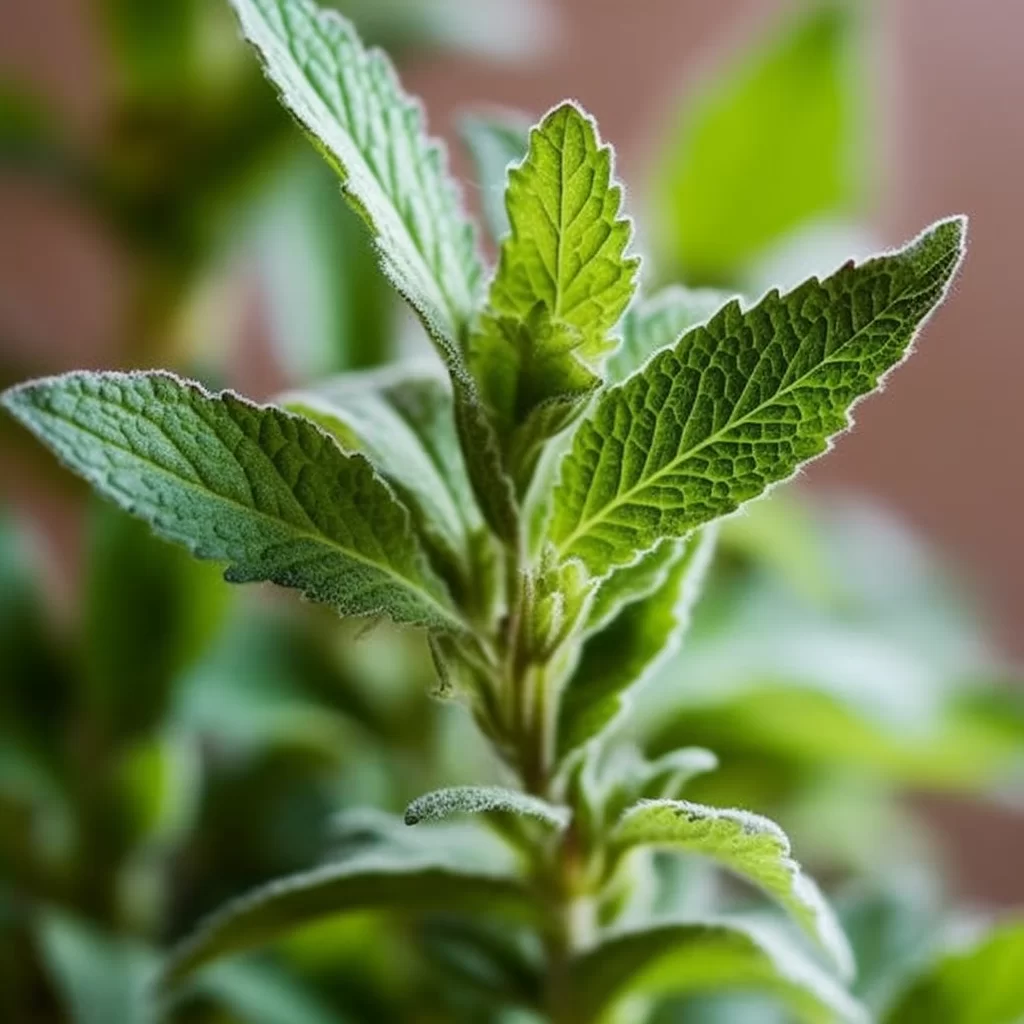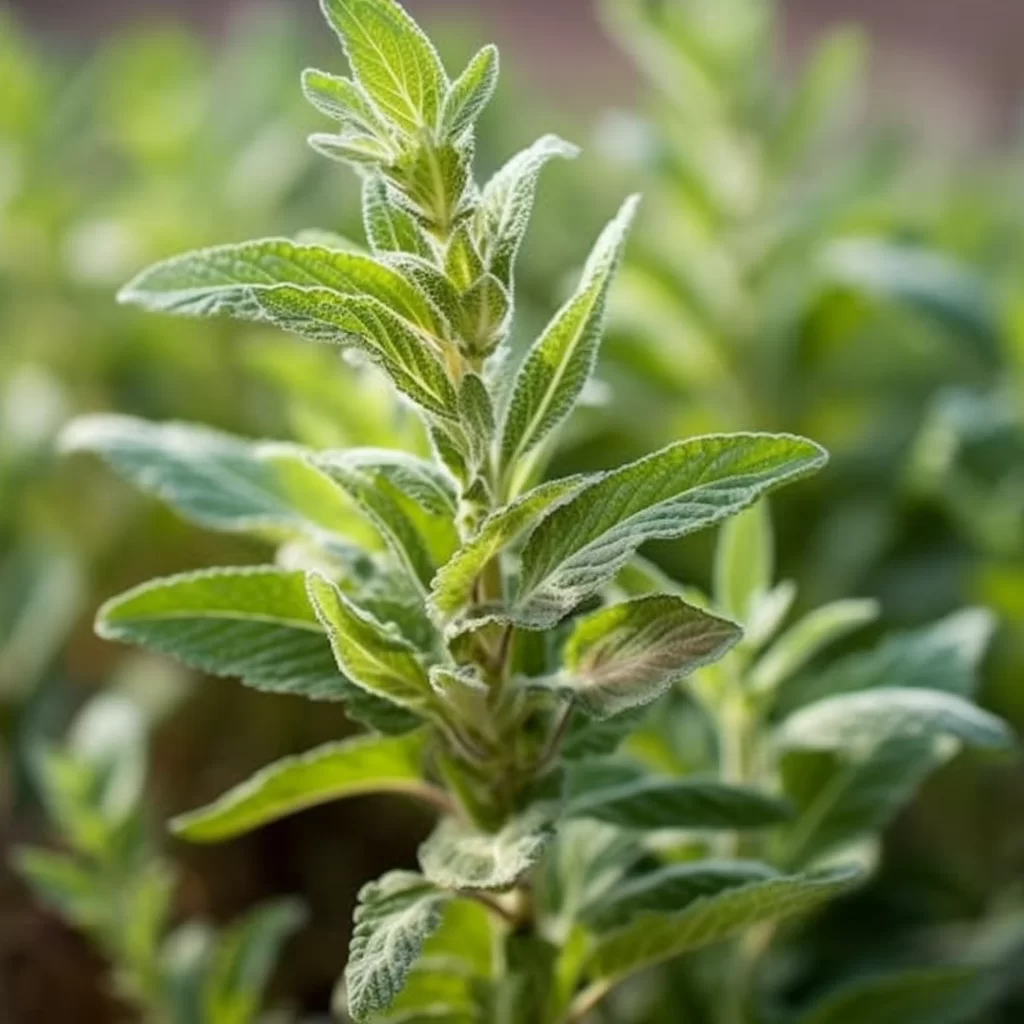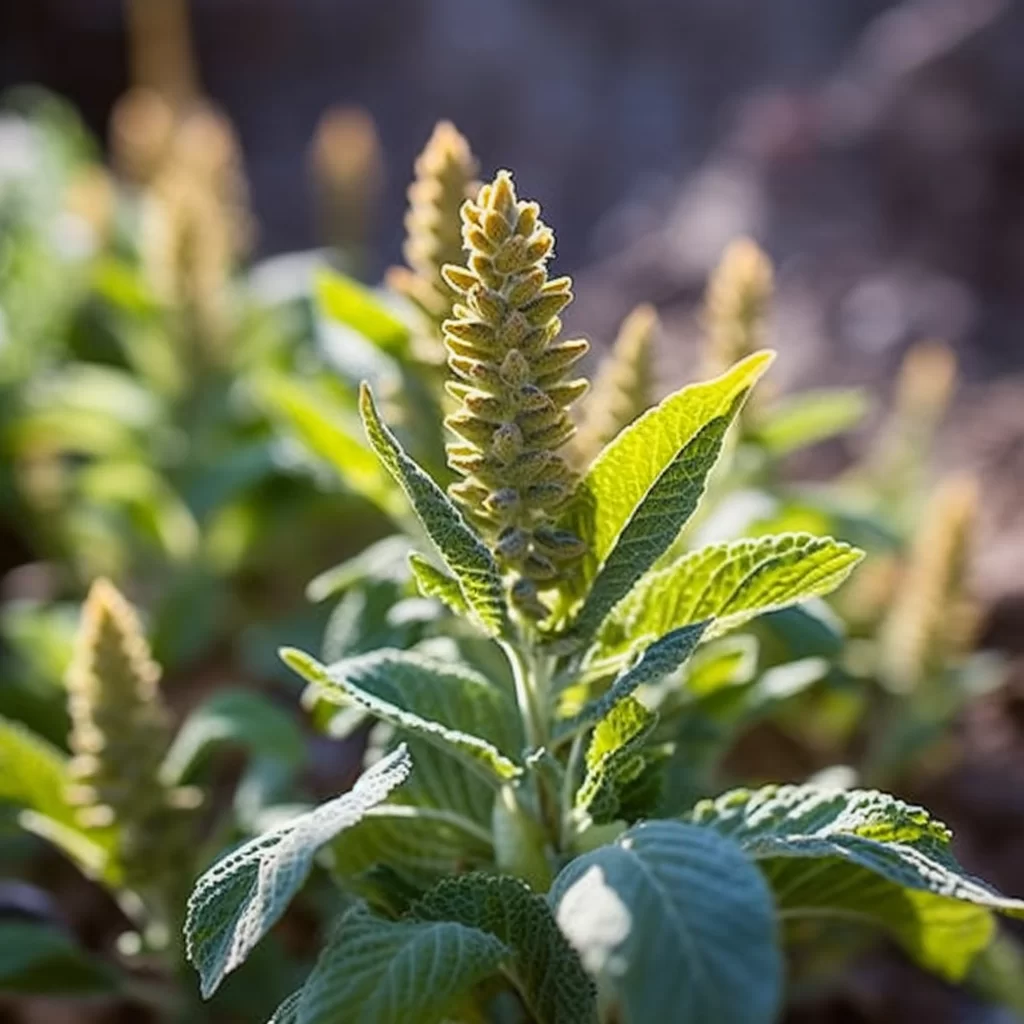Story of Day :
Contents
Jerusalem Sage Plant: Complete Guide and Care Tips
Gardeners are always looking for new plants to add to their collection, and one that deserves attention is the Jerusalem Sage (Phlomis spp.).
This plant is native to the Mediterranean region and is a member of the mint family.
It has beautiful yellow flowers that bloom in late spring or early summer.
Jerusalem Sage is known for its drought tolerance, making it an excellent choice for gardens in arid regions.
In this article, we will discuss everything you need to know about Jerusalem Sage care.
Planting Jerusalem Sage
Jerusalem sage requires well-draining soil with moderate fertility.
It can grow in sandy or loamy soil but does not tolerate heavy clay soils.
The best time to plant it is during spring or fall when temperatures are mild.
- Select a location with full sun exposure (at least six hours of direct sunlight per day).
- Dig a hole twice as wide as the root ball and deep enough so that the top of the root ball is level with the ground surface.
- Add compost or aged manure to improve soil fertility and drainage.
- Water thoroughly after planting and keep moist until established, which usually takes one growing season.

Caring for Jerusalem Sage
Once established, Jerusalem sage requires minimal care.
Here are some tips on how to care for this plant:
- Watering: While this plant is drought-tolerant, it still needs regular watering during prolonged dry spells.
Water deeply once a week during hot weather conditions.
- Fertilizing:Jersualem sage doesn’t require much fertilization; in fact, over-fertilizing it can cause leggy growth and poor flowering.
Apply a balanced fertilizer once in spring.
- Pruning:Prune Jerusalem sage after blooming has finished to encourage bushier growth and prevent the plant from becoming too leggy.
Remove spent flowers to promote new blooms.
- Pest and Disease Control:Jerusalem Sage is relatively pest-free but can sometimes be affected by powdery mildew, especially during hot and humid weather.
To prevent this disease, avoid overhead watering and provide good air circulation around the plant.
- Propagation:You can propagate Jerusalem Sage from stem cuttings or division.
Take stem cuttings in late spring or early summer when new growth appears.
Division is best done in fall or early spring before new growth starts.

Uses for Jerusalem Sage
Jerusalem sage is an attractive addition to any garden but also has several practical uses:
- Garden Design:The large fuzzy leaves of this plant provide excellent texture contrast with other plants in the garden bed.The yellow flowers of Jerusalem Sage provide a stunning display that can be used as a focal point or accent throughout your yard.
- Cut Flower Arrangements: The long-lasting blooms are an excellent addition to floral arrangements both fresh-cut & dried..
- Culinary Use: In some cultures leaves are boiled and eaten like spinach while others use it as tea for treating various ailments..

In Conclusion
Jersualem sage should be on every gardener’s list for drought-tolerant plants that provide texture and stunning yellow blooms.
Follow the planting and care tips outlined in this article to enjoy a healthy, thriving Jerusalem Sage plant that will enhance your garden for years to come.